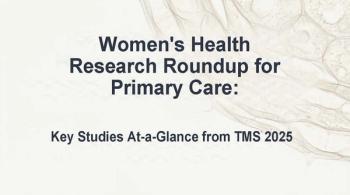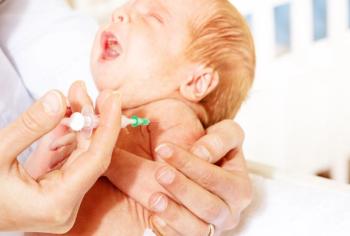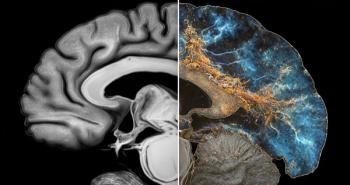
CDC: Americans Living in Low- or Medium-Risk Areas Can Leave Mask at Home
Approximately 70% of Americans live in areas deemed low or medium risk for severe COVID-19 and can go maskless, according to new formula used by CDC.
New guidance released by the US Centers for Disease Control and Prevention (CDC) suggests that most Americans currently live in areas where they can stop wearing masks.
The guidance is based on a
Using the new formula, according to the CDC, approximately 70% of Americans now live in low- or medium-risk communities and are no longer required to wear a mask, although the agency noted that immunocompromised persons or those at high risk for severe disease should consult with their health care provider about additional precautions, such as wearing masks or respirators indoors in public spaces.
“These categories help individuals assess what impacts COVID-19 is having on their community, so that they can decide if they need to take extra precautions, including masking, based on their location, their health status and their risk tolerance,” said CDC epidemiologist Greta Massetti, PhD, MPH, of the agency’s COVID-19 Incident Management Team, at an agency
The CDC defines criteria for each risk level and the corresponding mitigation recommendations as follows: At the low level, there is limited impact on the health care system and low amounts of severe disease in the community. Inthese situations, CDC recommends that people stay up to date with
At the medium level, more individuals are experiencing severe disease, which further impacts the health care system. At this level, CDC recommends that persons at high risk for severe illness or who are immunocompromised should speak with their health care provider about additional precautions, such as wearing masks or respirators indoors in public.
At the high level, there is a high amount of severe disease in the community and a potential for health care strain, explained Massetti. In high-risk communities, the CDC recommends that everyone wear a mask indoors in public, regardless of vaccination status or individual risk, including in schools.
“Regardless of level, we continue to recommend that people stay up to date on vaccines and get tested if they’re sick,” clarified Massetti.
Mask requirements are still in place for
“None of us knows what the future may hold for us and for this virus and we need to be prepared and we need to be ready for whatever comes next. We want to give people a break from things like mask wearing when our levels are low and then have the ability to reach for them again, should things get worse in the future,” said CDC Director Rochelle P. Walensky, MD, MPH, in the briefing.
The CDC has updated its website to reflect this new framework, Walensky said during the briefing. People can now go to the CDC webpage
Newsletter
Enhance your clinical practice with the Patient Care newsletter, offering the latest evidence-based guidelines, diagnostic insights, and treatment strategies for primary care physicians.















































































































































































































































































